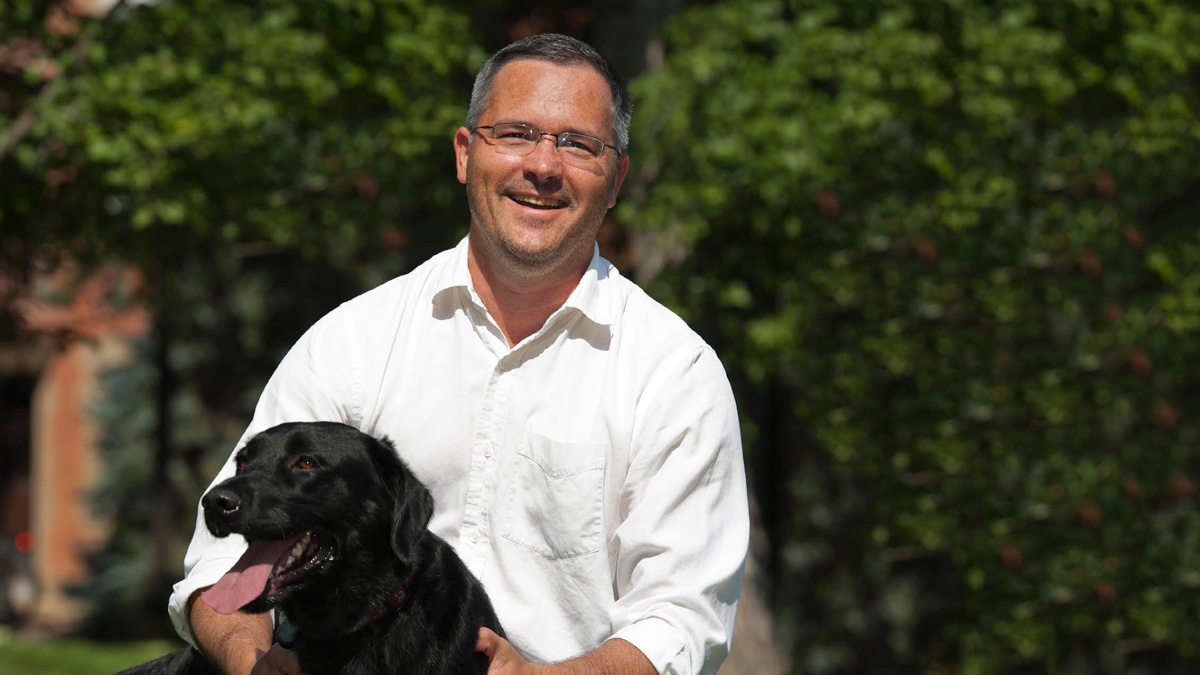Q&A: Professor studies prehistoric relationship between dogs and humans
 supplied
suppliedFor over a decade, Robert Losey, an associate professor in anthropology, has investigated prehistoric dog burial sites across Siberia to see how different cultures incorporated dogs into their lives. After genetic and morphological analysis, Losey and his team are now preparing to publish papers based on their findings. The Gateway sat down with the professor to ask about his research and experiences.
The Gateway: Why study this type of zooarchaeology?
Losey: I worked in Siberia about 13 to 14 years ago and the region seems to have a remarkable archeological record of dogs going back 12 to 13 thousand years at least. In some areas, we saw dogs being buried like people. I started writing about them and those papers had a lot of scientific interest. Four or five years ago now we got a large grant from Social Sciences and Humanities Research Council for a broad study across Siberia on people’s relationships with dogs.
What’s significant about the dog burials?
In some regions in Siberia, like Lake Baikal, dog burials were common for a thousand year period, but not before and after. One site, Ust-Polui, has at least 120 dogs which is extremely unusual. In most sites in the arctic if you have five dogs, that’s a big deal. It’s probably the largest assemblage of dog bones from any site in the arctic. A couple were formally buried, more were disarticulated and probably eaten, and some were probably sacrificed.
Can this relationship between humans and dogs apply to us nowadays?
That’s a really complicated question. With burials, there was really good evidence in some places that people had close emotional bonds with dogs. They’re giving them funerals, placing them in cemeteries. Early dogs among hunter-gathering peoples probably made some forms of hunting efficient. Later, they became very important for herding. It’s cultural, it’s historical, it’s pragmatic in some cases how we treat them.
It seems there’s a lot of co-evolution between human and dogs.
One of the main theories of how dog domestication started essentially argues that dogs evolved to scavenging around human settlements. Only after living like that for a long period did we start breeding them. It’s not like we captured wolves out in the wild somewhere, they evolved into a human niche and alongside us.
Any other points of interest?
This type of identification where we figure out wolves, dogs or something in between, that’s just the starting point. We want to understand is the relationship with that animal. How were people provisioning the animal? What activities did they do? Were they pulling sleds? Were they carrying packs on their backs? Were they hunting? That’s an equally complicated thing to do, and we’re working on those methods.




